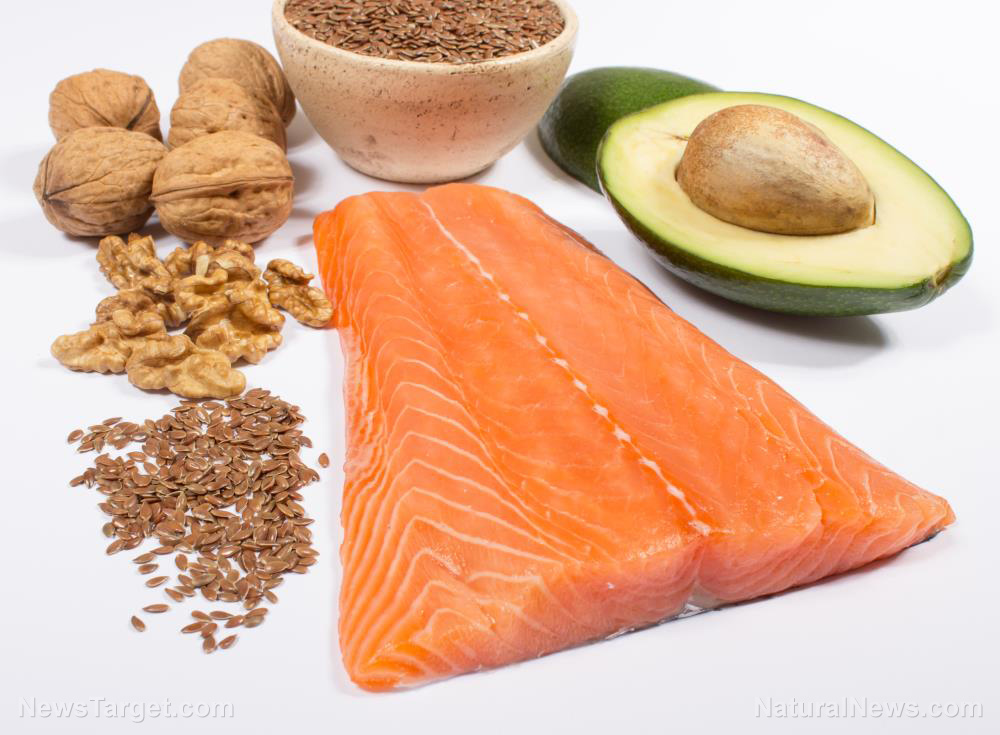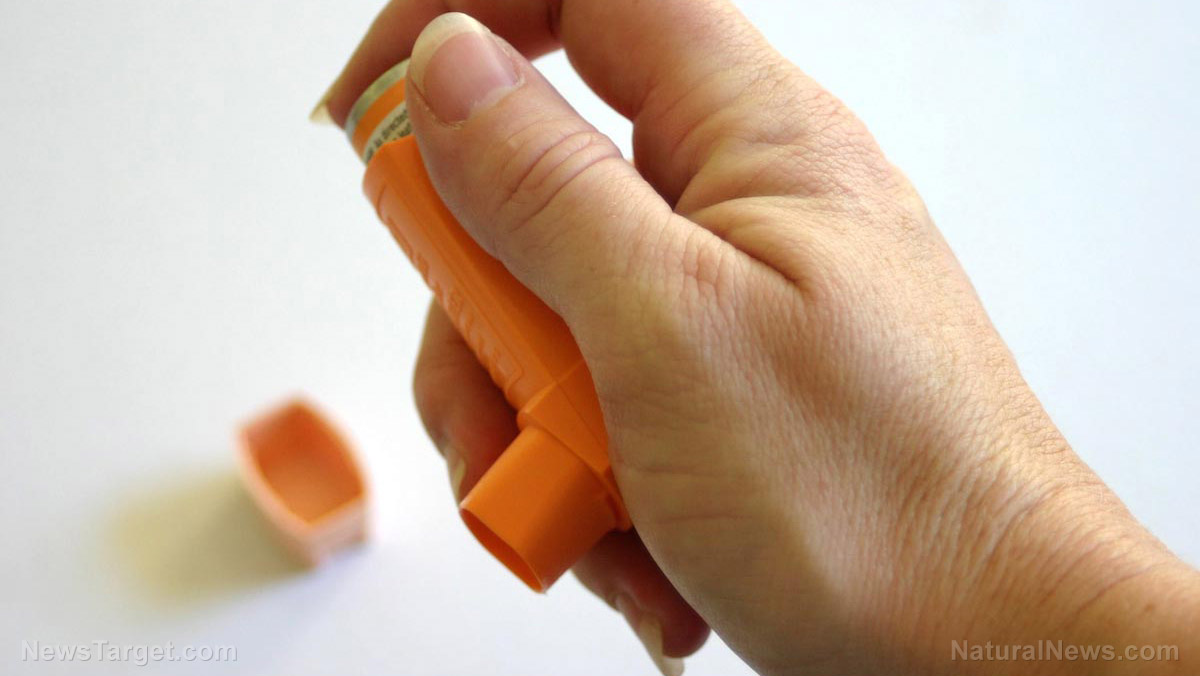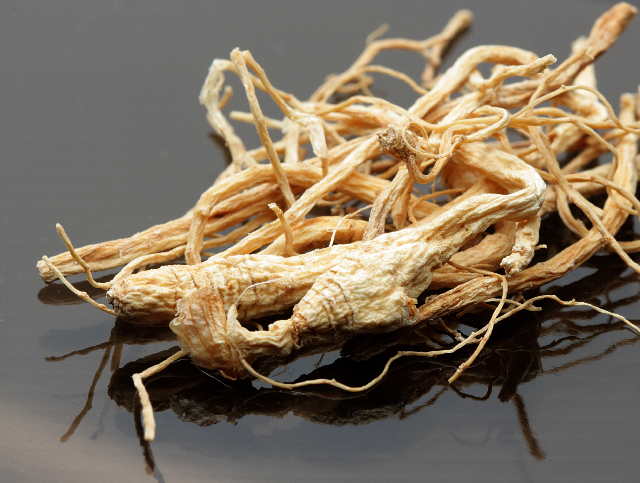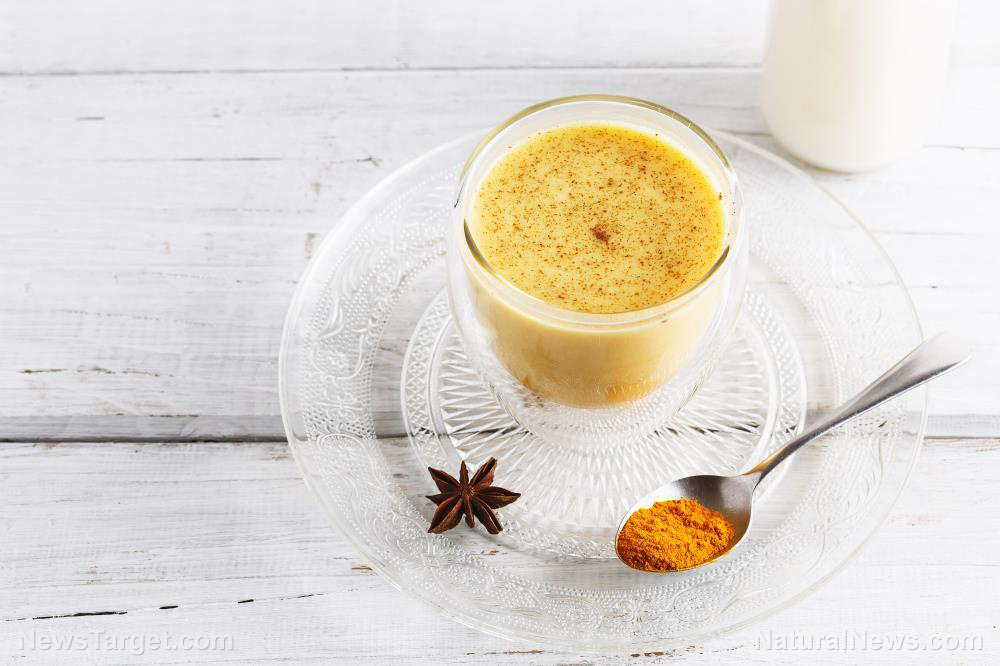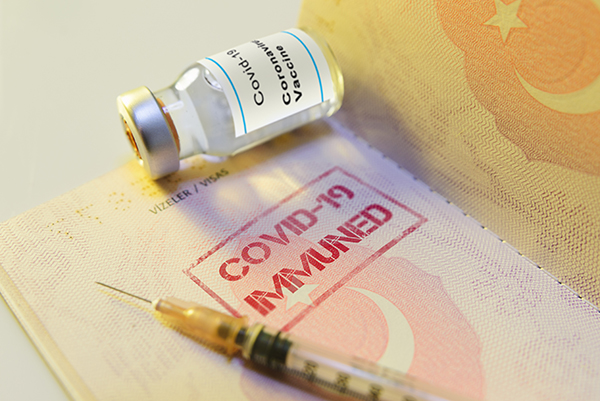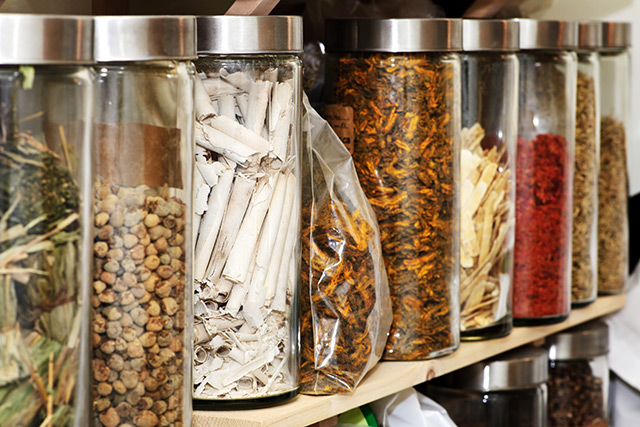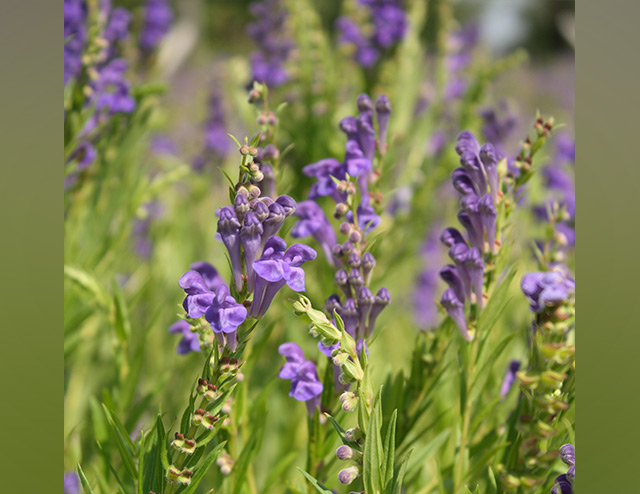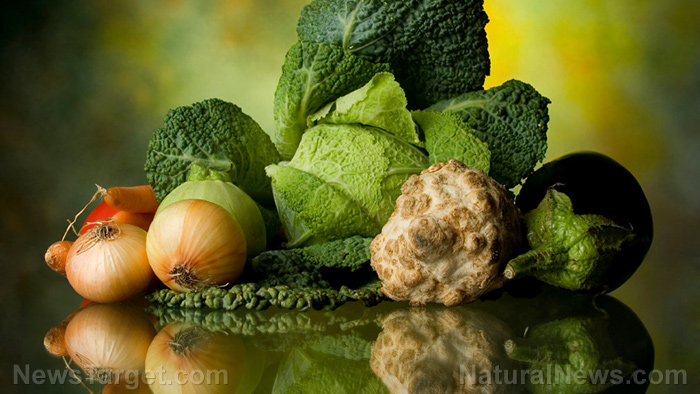Prepper medicine: How to use parsley, a versatile medicinal herb
07/08/2021 / By Divina Ramirez

Parsley (Petroselinum crispum) is a leafy herb native to the Mediterranean region. Its leaves are normally used as a garnish, but they can also be used to make herbal remedies.
Parsley has a long history of use in traditional medicine. Healers used its leaves, seeds and roots to treat a slew of ailments, including bruises, insect bites, amenorrhea, allergies, gout and gastrointestinal disorders. Plus, parsley stimulates the appetite and supports healthy liver and kidney functions for better detoxification.
Read on for tips on how to use the herb to make remedies.
Leaves
Parsley leaves should be harvested only when you’re ready to use them. They’re best eaten during the first year, largely because most of the plant’s energy goes to the development of its stems, flower and seeds during its second year of growth. This is why parsley leaves tend to be small and mildly bitter during the second year.
Just half a cup of fresh parsley provides over 500 percent of the Recommended Daily Allowance (RDA) for vitamin K and over 50 percent of the RDA for vitamin C. Vitamin K helps the body absorbs calcium and regulates blood clotting, while vitamin C fortifies immunity and protects cells from free radical damage.
Parsley also has an antihistamine effect, which makes parsley a particularly healthy addition to the diets of people who frequently suffer from allergies or hives.
In traditional medicine, parsley leaves are used to make a poultice for bruises and insect bites or stings. Simply crush fresh parsley leaves and apply them liberally to the affected area to speed up healing.
Roots and seeds
Parsley roots and seeds are best collected during the plant’s second year of growth after it has flowered, usually around September. You can use the roots and seeds to make infusions and tinctures for treating bladder infections, edema and kidney stones. Parsley roots and seeds also help lower high blood pressure.
To make an herbal infusion, add two teaspoons of parsley roots or a teaspoon of crushed parsley seeds to a cup. Add a cup of boiling water and let steep for 10 minutes before straining. Drink this infusion thrice daily to cleanse the urinary tract and reduce water retention. For kidney stones, bladder infections and edema, drink it every hour. (Related: Kidney stones: Symptoms, treatments and dietary precautions.)
You can also make a tincture to alleviate symptoms of urinary tract conditions. If using parsley roots, prepare a tincture of dried roots in a 1:5 weight to volume ratio using 40 to 60 percent alcohol. Mix 30 to 60 drops of your tincture in water or your preferred beverage and drink. You can do this up to three times per day only.
Alternatively, you can also make a tincture of parsley seeds in a 1:4 ratio using 40 to 60 percent alcohol. Add 15 to 30 drops to a cup of water or your preferred beverage and drink.
Essential oil
Parsley essential oil is derived from the plant’s seeds. It has been associated with several health benefits, which can be attributed to the oil’s antimicrobial, carminative, laxative and anti-arthritis properties.
When diluted in a carrier oil, like coconut oil or jojoba oil, parsley essential oil can be rubbed onto the stomach area to relieve gastrointestinal issues, such as flatulence, constipation and bloating. You can also add a few drops of parsley essential oil to a hot bath and soak in it for a few minutes to alleviate those ailments.
Parsley essential oil also has stimulating effects that influence blood and lymph circulation, digestion, excretion and immune mechanism. As such, it can help keep you alert and energetic. To stimulate your energy levels and elevate your mood, add a few drops of parsley essential oil to a diffuser, then turn it on. Sit back and take deep, slow breaths to safely and effectively inhale the oil.
Go to PlantMedicine.news to learn more about other herbs and their uses as natural medicines.
Sources include:
Tagged Under: alternative medicine, emergency medicine, herbal medicine, Herbs, homesteading, natural cures, natural medicine, off grid, Parsley, prepper, prepping, remedies, SHTF, survival, survival medicine
RECENT NEWS & ARTICLES
COPYRIGHT © 2017 NATURAL MEDICINE NEWS


